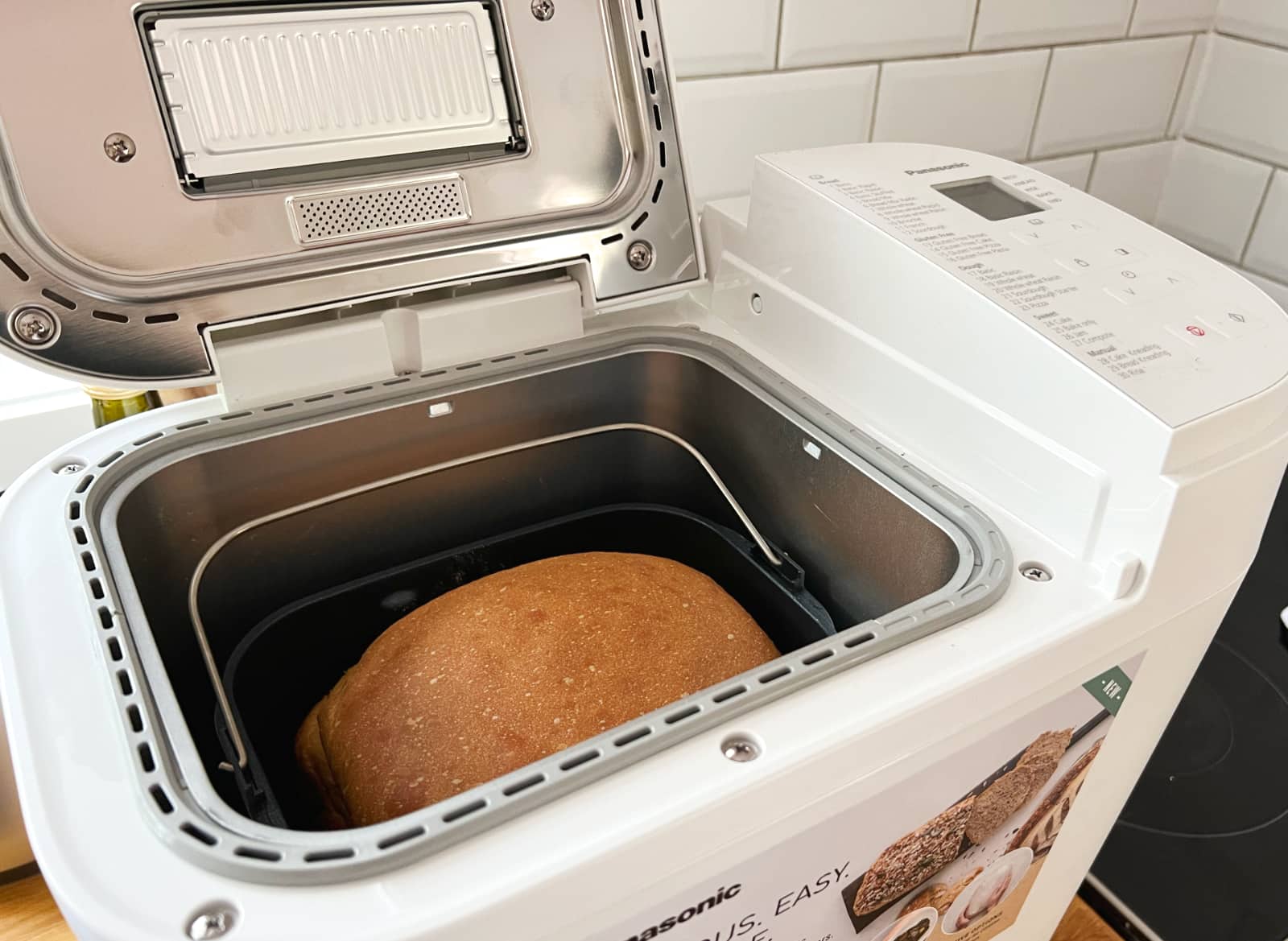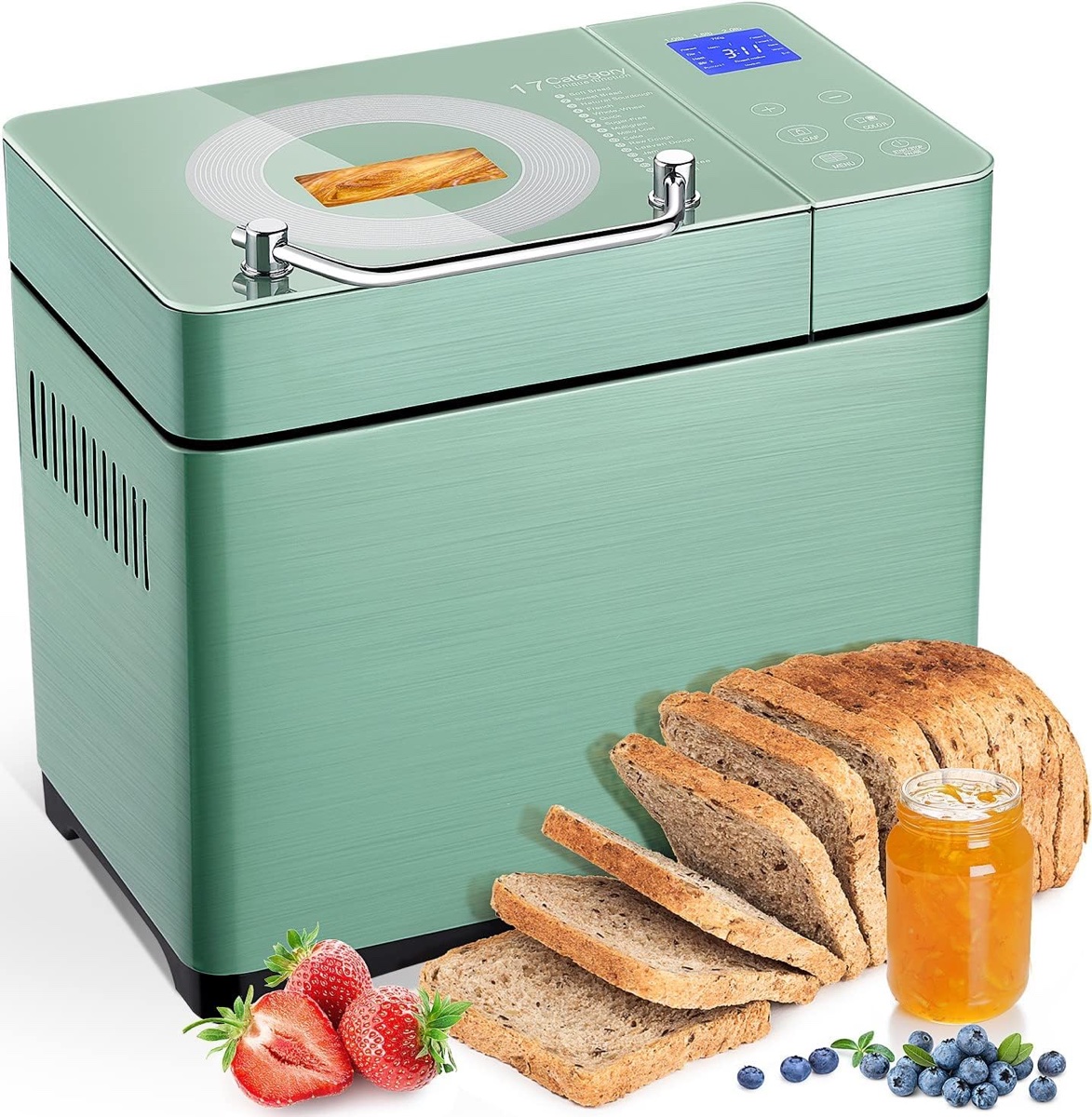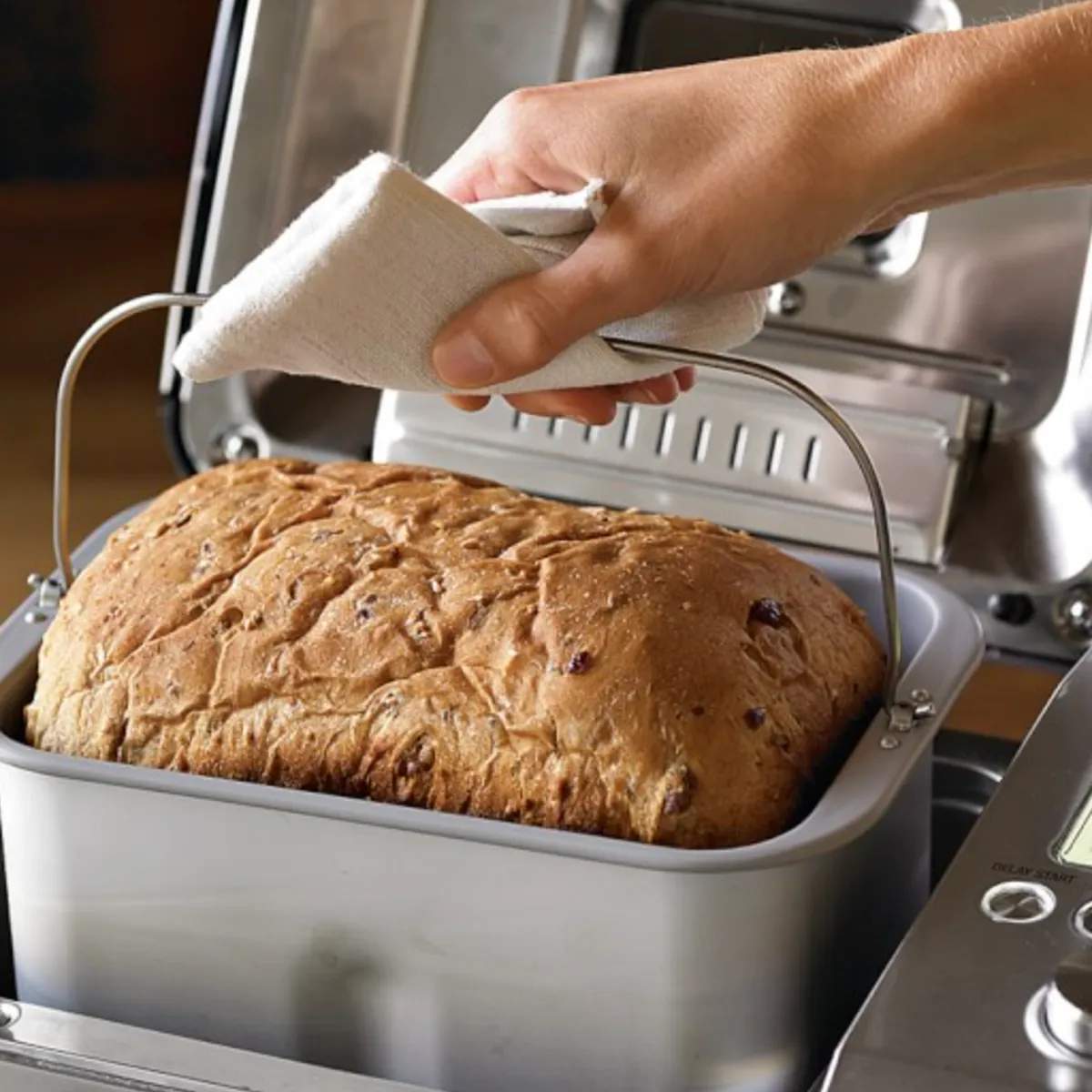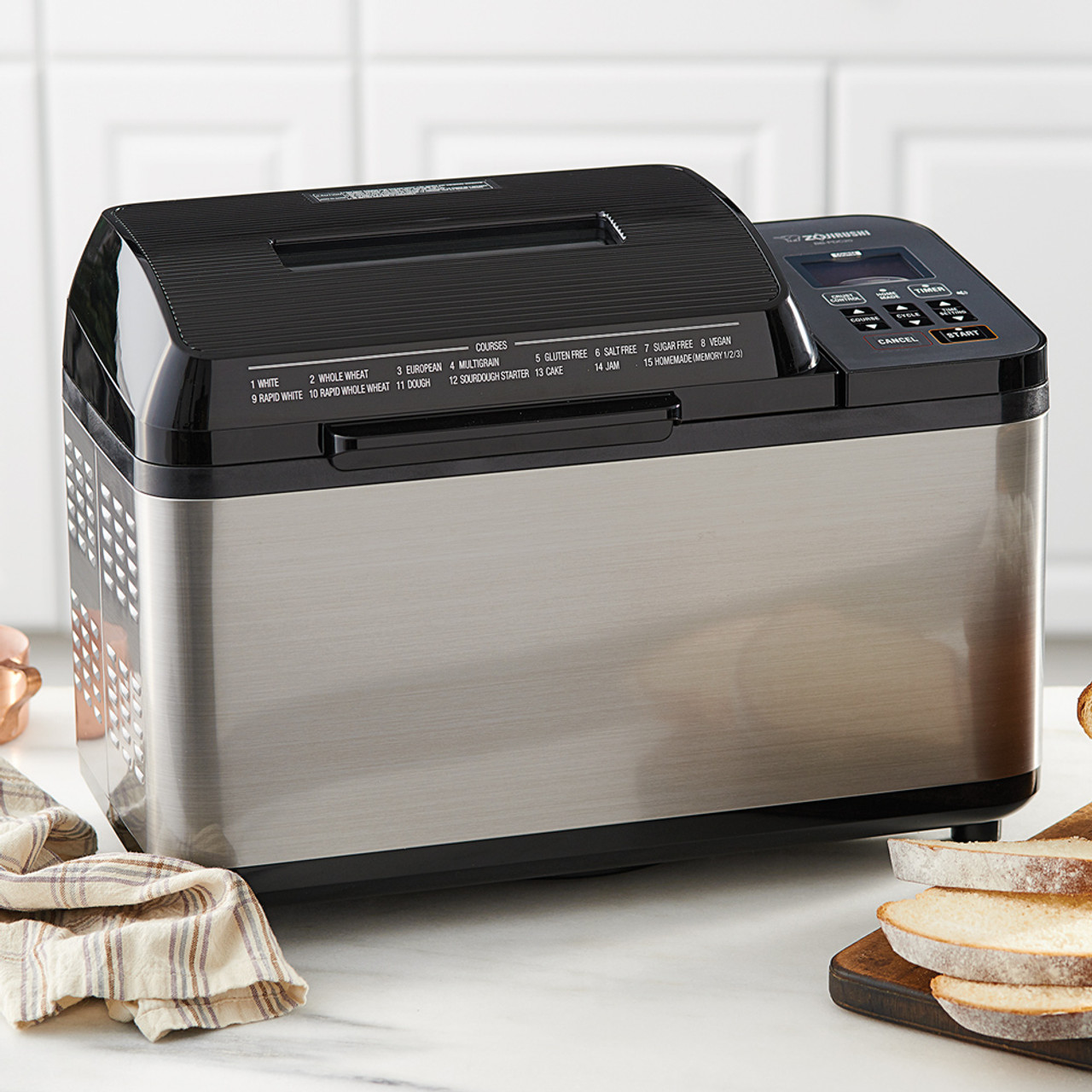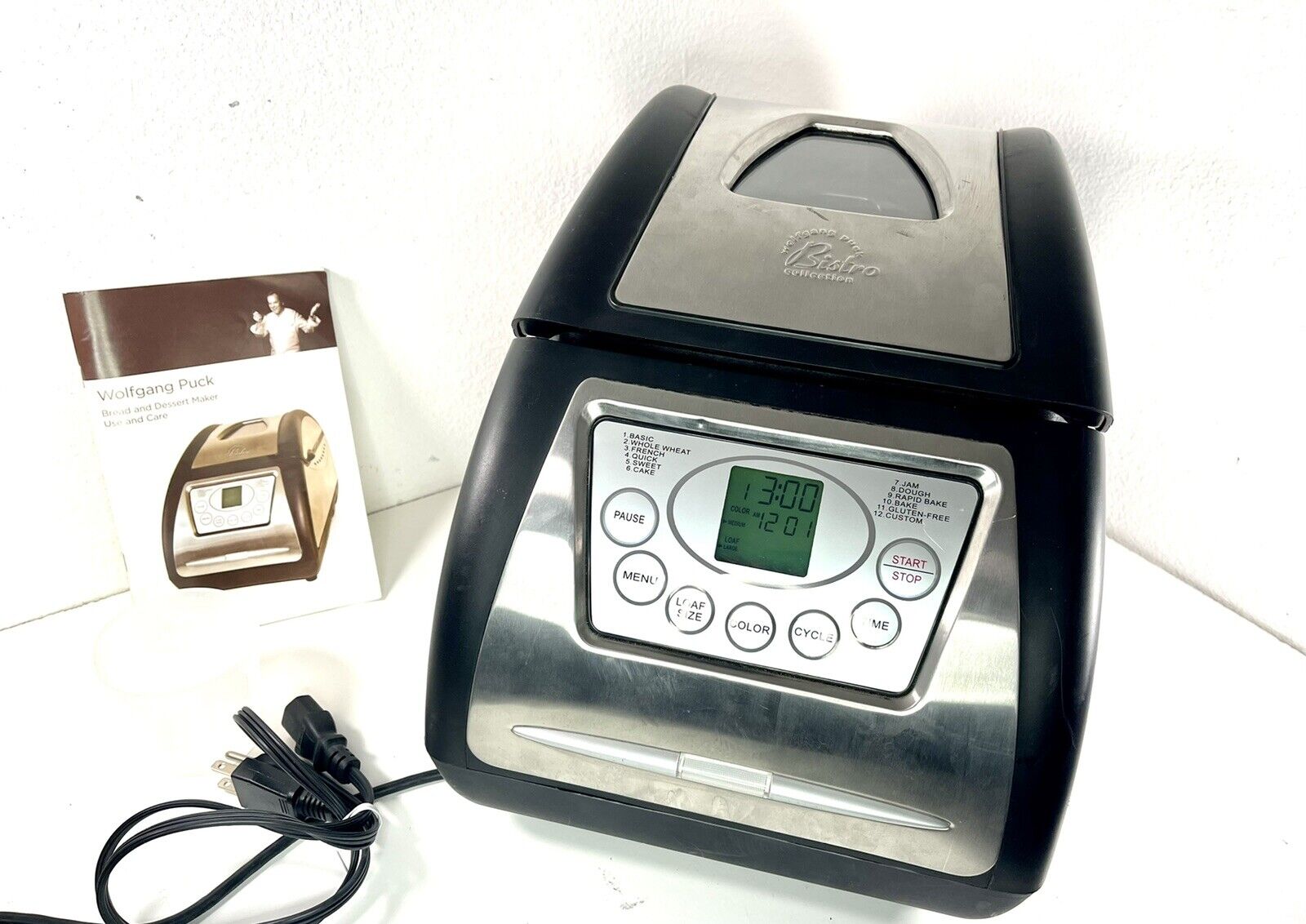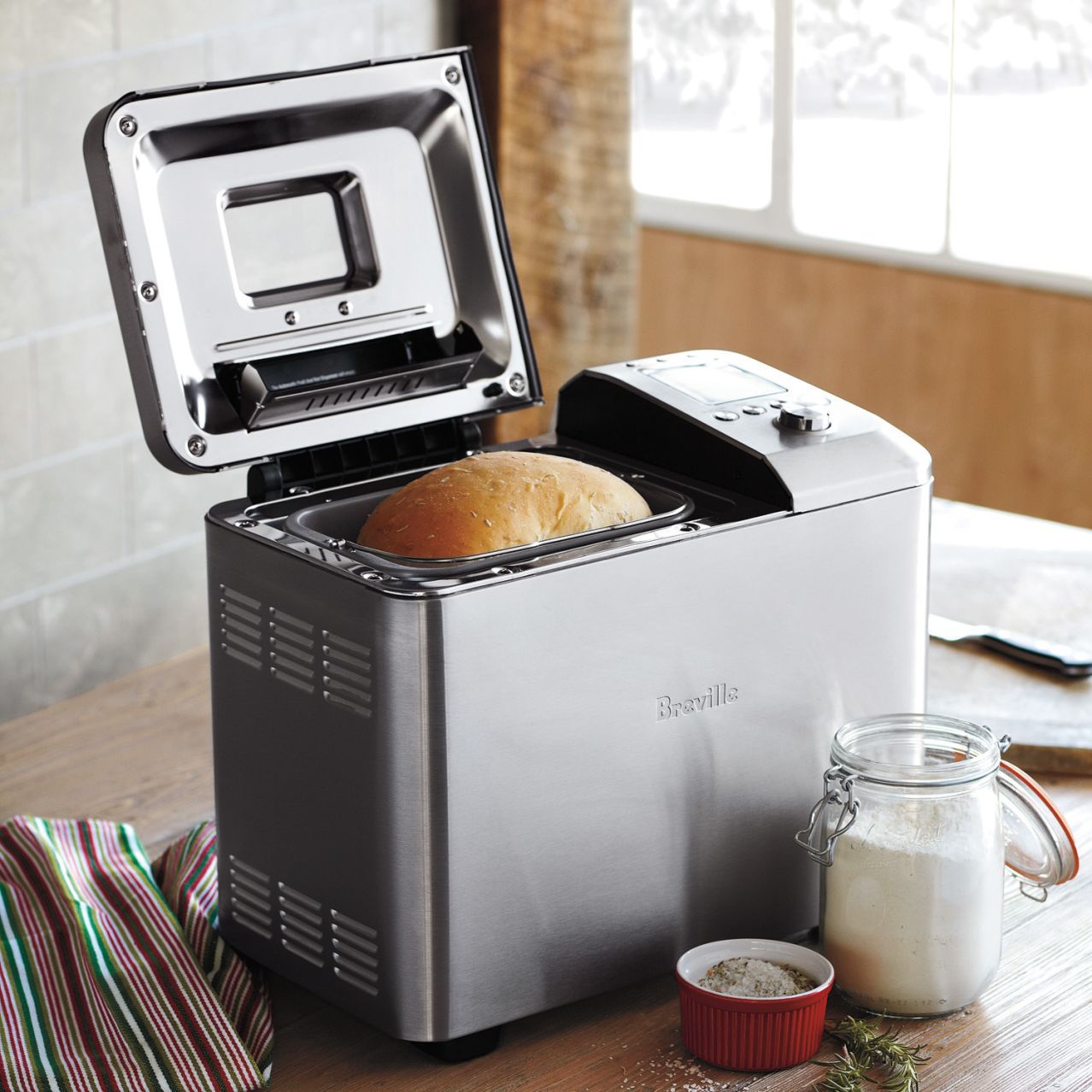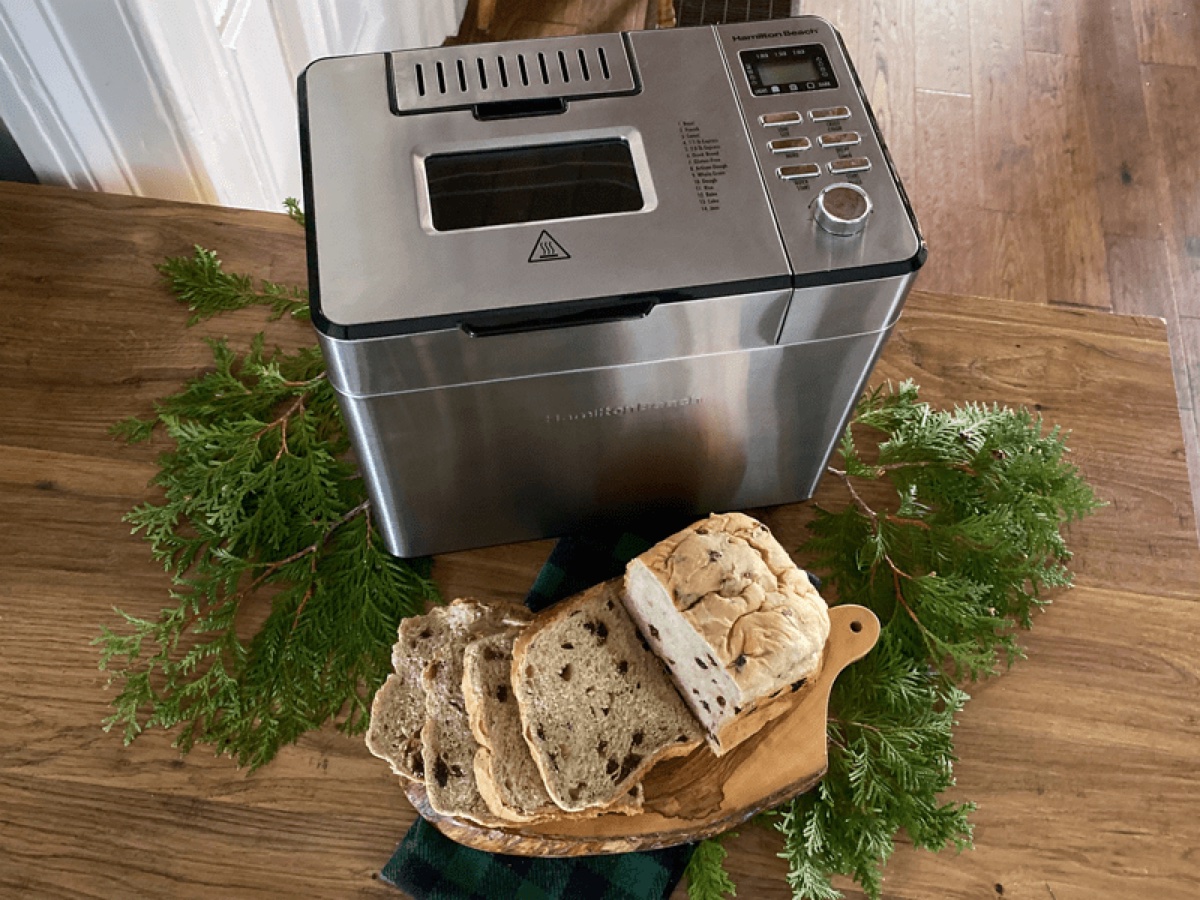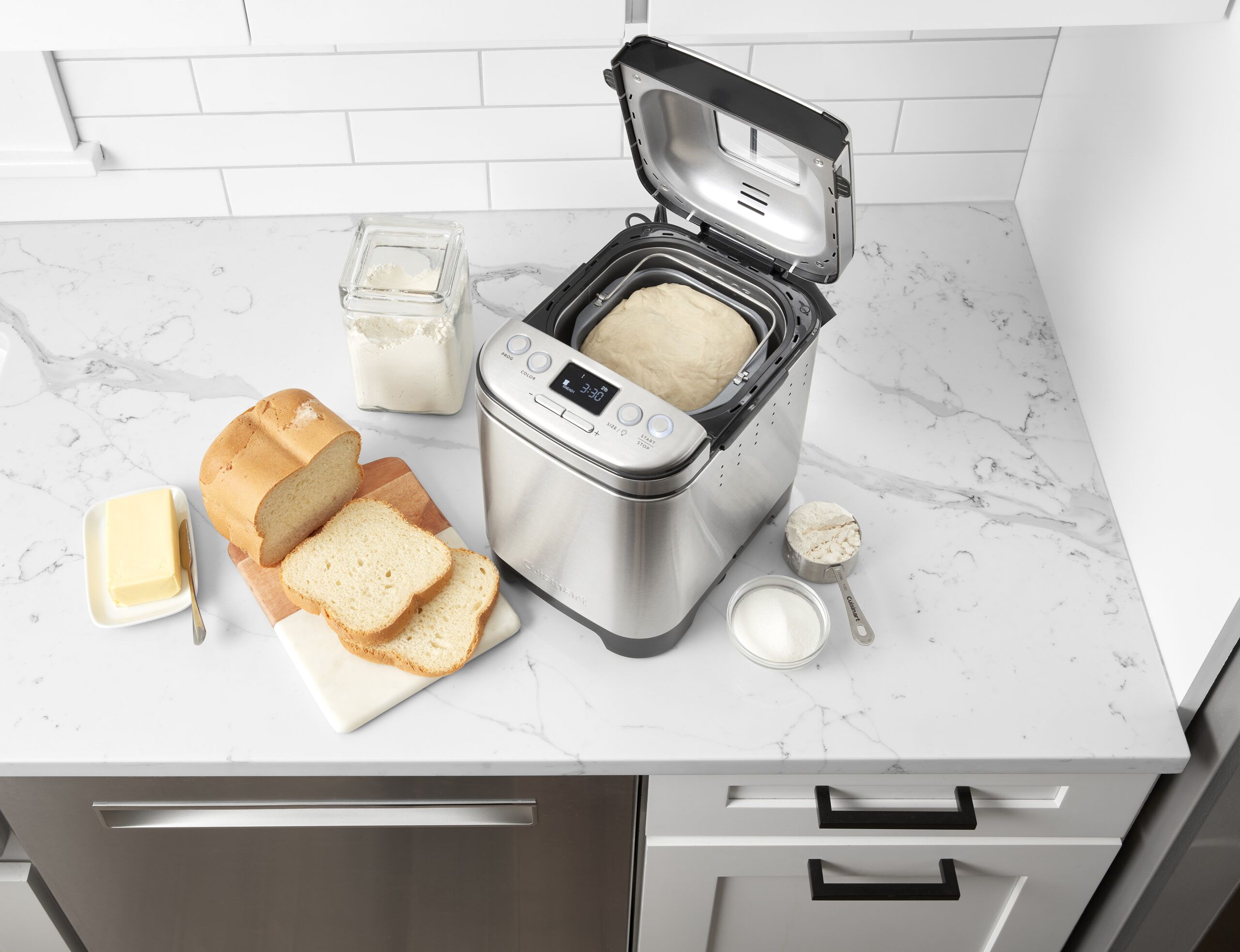Home> Homemade Bread Machine
Homemade Bread Machine: Ultimate Guide to Fresh Baked Bread
Discover the joy of homemade bread with our comprehensive guide to bread machines. Get expert tips for baking perfection every time!
How Long Does a Bread Machine Take To Make Bread
By: Lily Evans • 100 Best Kitchen Furniture To Make Your Cooking Hassle-Free
How To Slice Bread Using A Bread Machine
By: Sophie Thompson • 100 Best Kitchen Furniture To Make Your Cooking Hassle-Free
9 Best Zojirushi Home Bakery Virtuoso Bread Machine For 2024
By: Sophie Thompson • Articles
